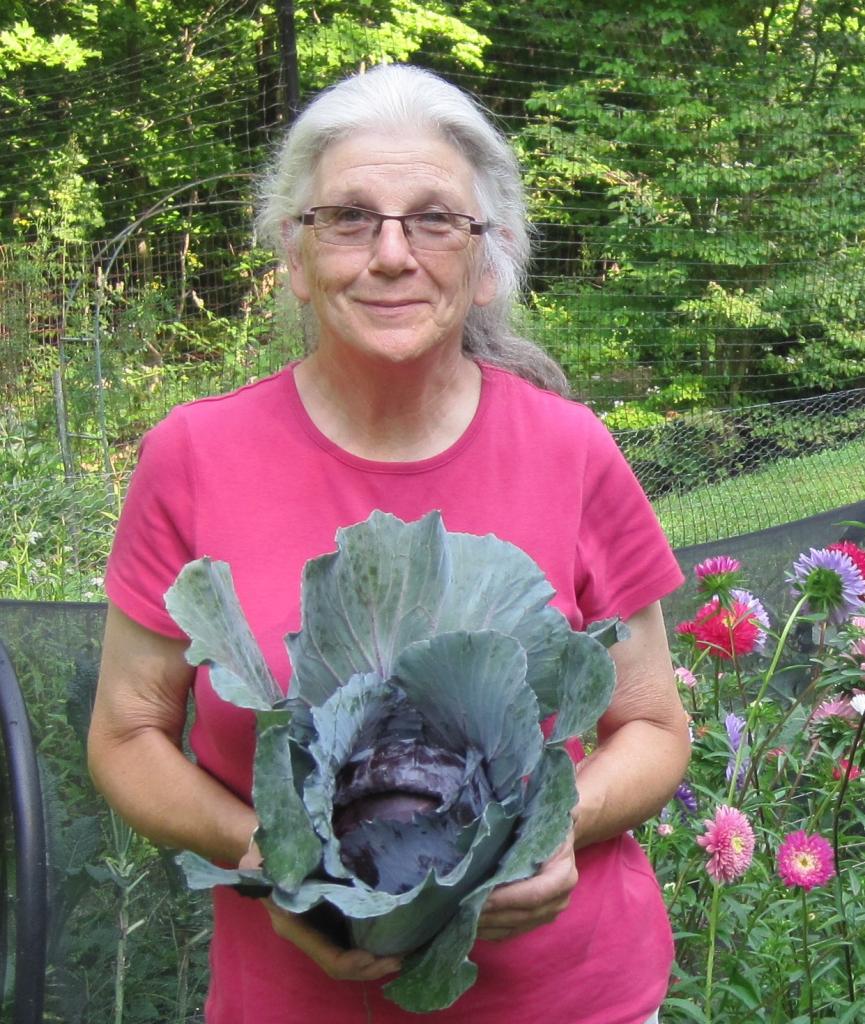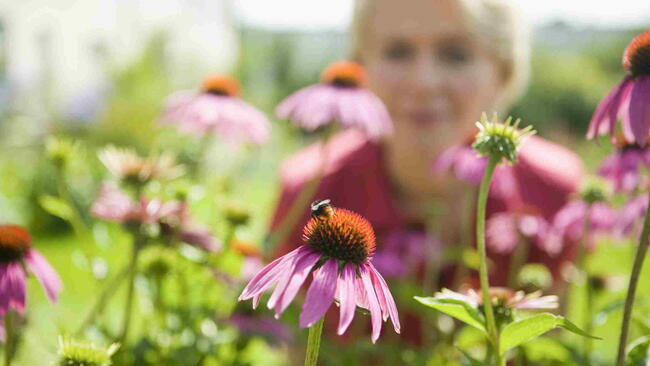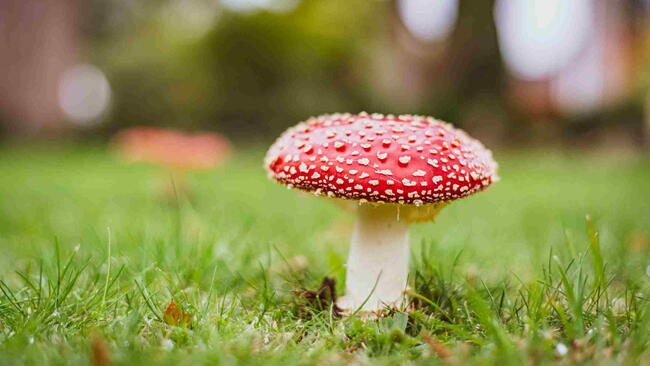
Caption
A meadow garden stands out among neighbors with traditional lawns.
Photo Credit
Miriam Doerr Martin Frommherz/ Shutterstock
Subhead
Have You Had a Visit from the Weed Police?
More Like This
I would never live in an HOA neighborhood. But people who do, should abide by the rules and the way their neighborhood is supposed to look. Don't encourage them to "make a difference". There are plenty of neighborhoods with freedom to choose how your yard looks. You don't have to move to the country
Monarch butterflies are the state butterfly here, but milk weed is just one of many "illegal noxious weeds" now included and listed in an over 200 page booklet put out of all the "weeds" that you can be fined for. Includes most medicinal plants ... including those for herbal teas and herbal flowers such as Chamomile. About the only thing it doesn't include is dandelions, fruit trees (although there are some "invasive species" not allowed) and rose bushes (again, except for "invasive species"). Tons of seeds and plants including vegetable seeds prohibited that can't be purchased/ordered from nurseries out of state, but can be purchased in-state at a higher price. Certain hedges and bushes are okay and some are not. Most grasses, however, are on the list so limited to only three types of lawn grass. Supposed to mow weekly whether it is needed or not in spring and summer -- and they love send warning letters even if it is rainy and too wet to mow; it's like they actually lay in wait most especially for it to rain! Vines of any type (except temporary vegetables) are prohibited. Goat's heads, burrs, puncture vine, etc. definitely on the list, and should be, yet difficult to keep out of the yard since growing everywhere including in the cracks and potholes of neighborhood streets, curbs, street gutters, etc. They also expect everyone, including elderly and disabled, to be responsible for weeds to the center/middle of any public street ... the half in front of their property (presuming somebody else lives across the street to deal with the other half), no matter how little or how much traffic, that runs in front of their property if they live within the city limits. Different rules apply for those outside town/city limits. However, being mobility impaired, I called to see if privately hired help (no professional service would do it) would be covered in case injured or killed if hit by a car, and my homeowner's insurance said NO and that nobody should comply with that crooked dictate and at the very most could ONLY be held responsible for sidewalk and top edge of the curb, but NOT the public street nor even the gutter. So, ignored that edict and when they sent a "final warning" I decided to call them up and told them what insurance company had said and told them I wouldn't pay any fine, I paid my taxes and the street was their job, so they might as well arrest me, a physically disabled widow, because I would love to make sure that it made national news as well as was sure it would go viral online. No more public street related weed warnings or dictates after that!
Yes, I was contacted by the "weed police" 4 years ago. I promptly called and asked to speak to the manager/supervisor and when I completely educated him on the use and benefits of native plants, he told me he would dismiss the complaint and even told me his wife would love to see my garden.
I think the subject of "invasive" versus " native " plants is far more nuanced and complex than this article acknowledges. For one example, the location and management of a species influences its affect on the ecosystem around it. Never say " never".
Am new to having a yard. Was allowed by local golf club to dig up honeysuckle and it is now on our trellis. AFTER that, many complaints in local literature popped up about "invasive honeysuckle." BUT it was in our yard when me a kid...never strayed from its corner... and that was 1961 on.
MEANWHILE... neighbors nearby have planted and nurseries nearby have sold (for years): chinese fringe flower, chinese verrigated privet, japanese holly, english ivy, russian olive, etc.
Am I a bad person? I got a free plant from the golf course...
There are honeysuckle varieties and cultivars that do not produce seed. Perhaps that is what you had as a kid and what you have now. Observe closely and make inquiries. You are not a bad person, just frugal!
I have a neighbor who "kindly" trims my overwintering shrubs and rakes my mulching leaves. sigh...
I wrote a whole essay about being fined by the NYC Dept. of Sanitation, and why I keep doing my lawn my way nevertheless, if you'd like to see it. :^)




.jpg)









Comments